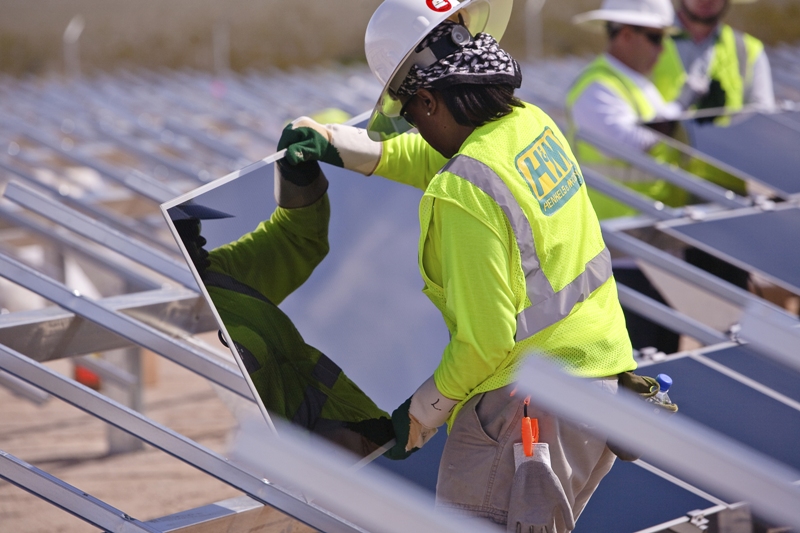Solar developers, including First Solar, believe that a direct cash payments solution could keep solar projects on track and help developers monetize the ITC in the event that tax equity financing dries up.
Because of Covid-19, banks have increased their credit loss reserves in preparation for hard times. Although prudent, bulking up loss reserves reduces banks’ profits.
In the face of a significant economic downturn, commercial and utility solar developers will be increasingly hard pressed to find a bank that is in a position to monetize the tax credit through tax equity financing; in the U.S., the availability of tax equity is largely driven by banks’ profitability.
If Covid-19 adversely impacts banks’ profitability, a legislative solution that lets solar developers receive direct cash payments instead of investment tax credits could alleviate the structural constraints likely to arise in the tax equity market.
“We support a modification to existing legislation that would inject liquidity into the financial markets during this time of economic uncertainty,” a First Solar spokesman said. For the solar industry, a direct cash payments solution would ensure that the development of vital large-scale solar projects continues, he added.
In its Q1 earnings call last week, First Solar said that it believes that direct cash payments could also help the industry support high-quality solar construction jobs, which could be in jeopardy if the tax equity market is disrupted.
New regulatory guidance not enough
Senate Finance Committee members in late April asked the U.S. Treasury Department to extend the continuity safe harbor for the ITC and the production tax credit (PTC) from four years to five years for projects that started construction in 2016 or 2017. And last week, the Treasury Department responded, saying that it will modify the regulatory guidance for the ITC and the PTC soon.
For wind, the extension of the continuity safe harbor is a game changer because the PTC phase out process started four years ago; 2016 was the last year that wind received a full credit. Also, the PTC is based on Treasury department guidance.
For the solar industry, the Treasury’s ITC extension of the continuity safe harbor will be less meaningful because the solar ITC’s phase out process only kicked in at the start of this year. Also, legislative action is needed to change the solar ITC because it is in statute.
For solar developers, the best-case scenario would be legislation that pauses the ITC stepdown – which is set to drop from 26% this year to 22% in 2021 – for a year and that introduces a direct cash payments solution to help solar developers monetize the ITC in the event that tax equity financing is not available.
This content is protected by copyright and may not be reused. If you want to cooperate with us and would like to reuse some of our content, please contact: editors@pv-magazine.com.








By submitting this form you agree to pv magazine using your data for the purposes of publishing your comment.
Your personal data will only be disclosed or otherwise transmitted to third parties for the purposes of spam filtering or if this is necessary for technical maintenance of the website. Any other transfer to third parties will not take place unless this is justified on the basis of applicable data protection regulations or if pv magazine is legally obliged to do so.
You may revoke this consent at any time with effect for the future, in which case your personal data will be deleted immediately. Otherwise, your data will be deleted if pv magazine has processed your request or the purpose of data storage is fulfilled.
Further information on data privacy can be found in our Data Protection Policy.